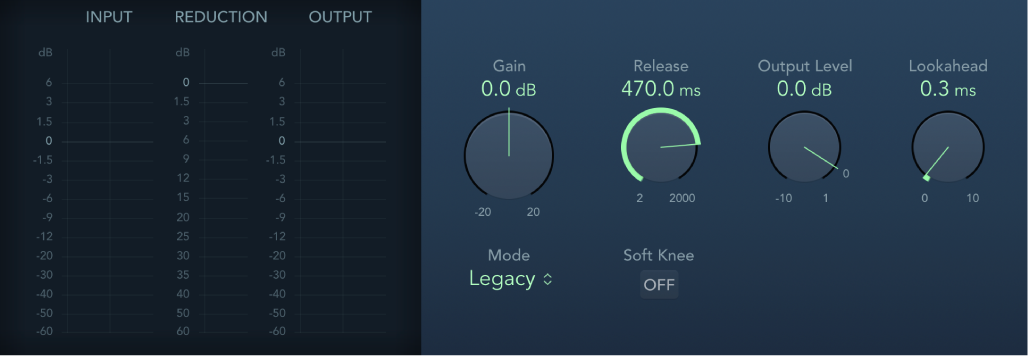Audio Oddessy - The Limiter
In the Mastering process of music making, a limiter (or maximizer) allows an audio mix to sit at a specified level.
HOW TO USE
With any limiting unit, set the output ceiling level between -0.1 to -1dB. This avoids the problem of clipping, which causes audio distortion.
Using threshold or input gain control, -1db to -2dB on the gain reduction meter is a sweet spot for clarity. Note that gain reduction reduces dynamic range. The more gain reduction, louder sounds will sound quiet, thus making the quiet sounds sound loud. This could result in a “pumping effect”, best used in the mixing stage. Use sparingly. Listen carefully. Setting a mix to sit at a standardized level with minimal loss in dynamic range is ideal.
This step in the music making process combines logic and creative decision making. Some engineers “push” the signal until completely crushed into the ceiling. Some adhere to the limitations of vinyl.
Listen to music from the 70s 80s and 90s for clear examples of how limiters influenced the sonics of music. 1970s felt a bit more open and free. 80s had mixes that were louder and vibrant. 90s mixed were smashed, distorted, very loud (ie Nirvana).
Aside from Mastering, limiters are comminly used in Radio to ensure all audio is broadcasted at a similar level, no matter how the original audio was mastered. Radio is known for crushing their audio, defiling the work of many mix and mastering engineers.
View various limiter units below.



